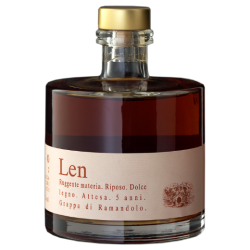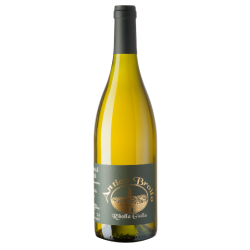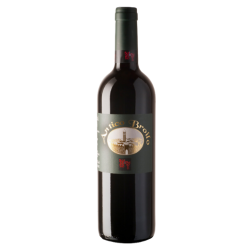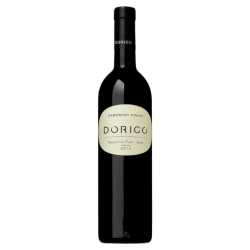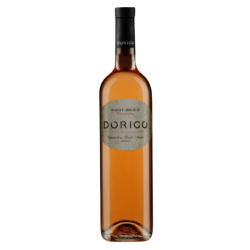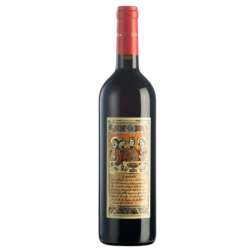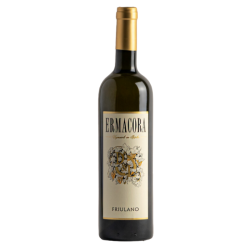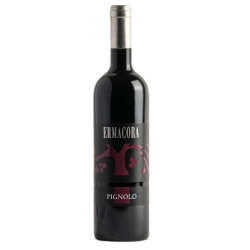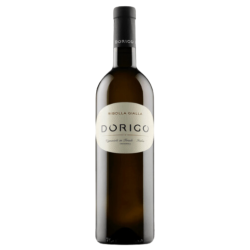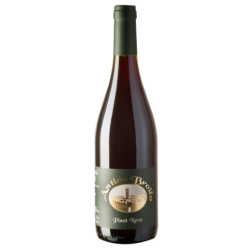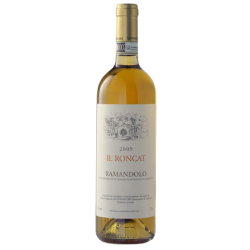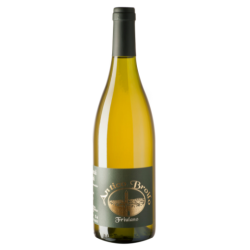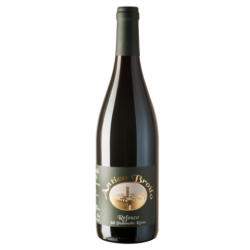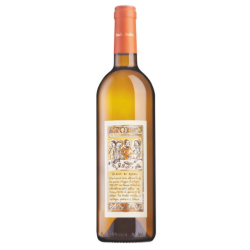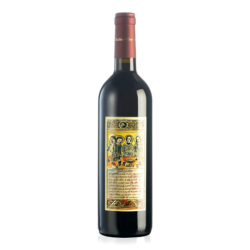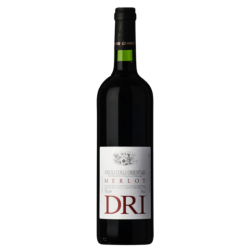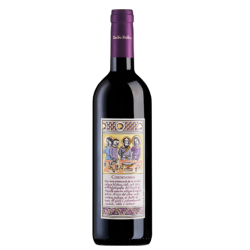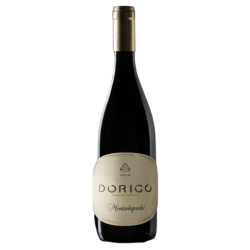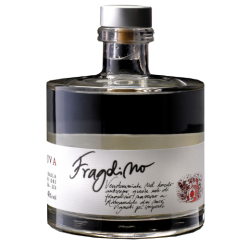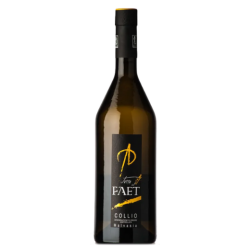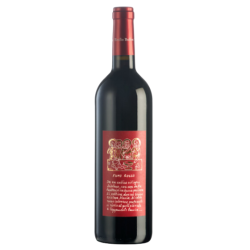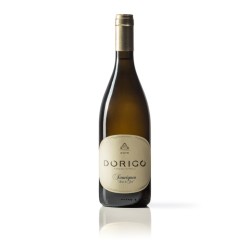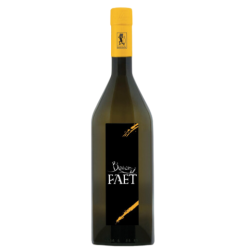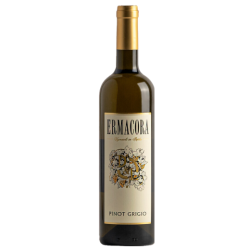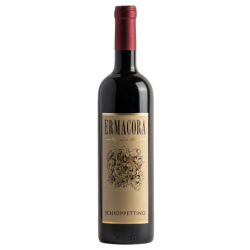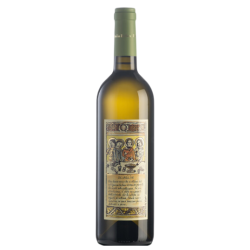Friuli - Venezia Giulia

Friuli is a region renowned for the high quality of its wines, even though regional production accounts for only 2.4% of the total national production. The region is particularly distinguished by its whites (constituting 60% of the total wine production), but several areas also produce excellent reds.
Two elements characterize the Friulian wine territory and largely explain the attention given to the production of superior quality wine. On one hand, the prevalence of small farms. The average vineyard size is indeed two hectares, and farms smaller than ten hectares make up 80% of the total vineyard area. On the other hand, the hilly profile of Friuli, with 20% of the territory being mountainous and 40% occupied by plains.
Moreover, Friuli has a rich heritage of both indigenous and international varieties, with 75% of the production benefiting from a DOC (Denomination of Controlled Origin) or DOCG (Denomination of Controlled and Guaranteed Origin) appellation. This reservoir of grape varieties has been established over the centuries and through various dominations, explained by the region's geographical location at the crossroads between Rome (Julius Caesar had stationed his troops in the city of Aquileia) and Mitteleuropa. Pliny the Elder already noted the quality of the pulcinum (probably today's Prosecco) there. The wine trade from the entire Italian territory had become so important in Aquileia around the year 1300 that it became necessary to enact special laws to distinguish quality wines from mediocre ones; an initiative that led to the census, in 1324, of the grape varieties spread in the region.
Red
Colli Orientali del Friuli DOC
Merlot, Cabernet Franc, Cabernet Sauvignon

